Use the clues below to find a flower that these different pollinators like!
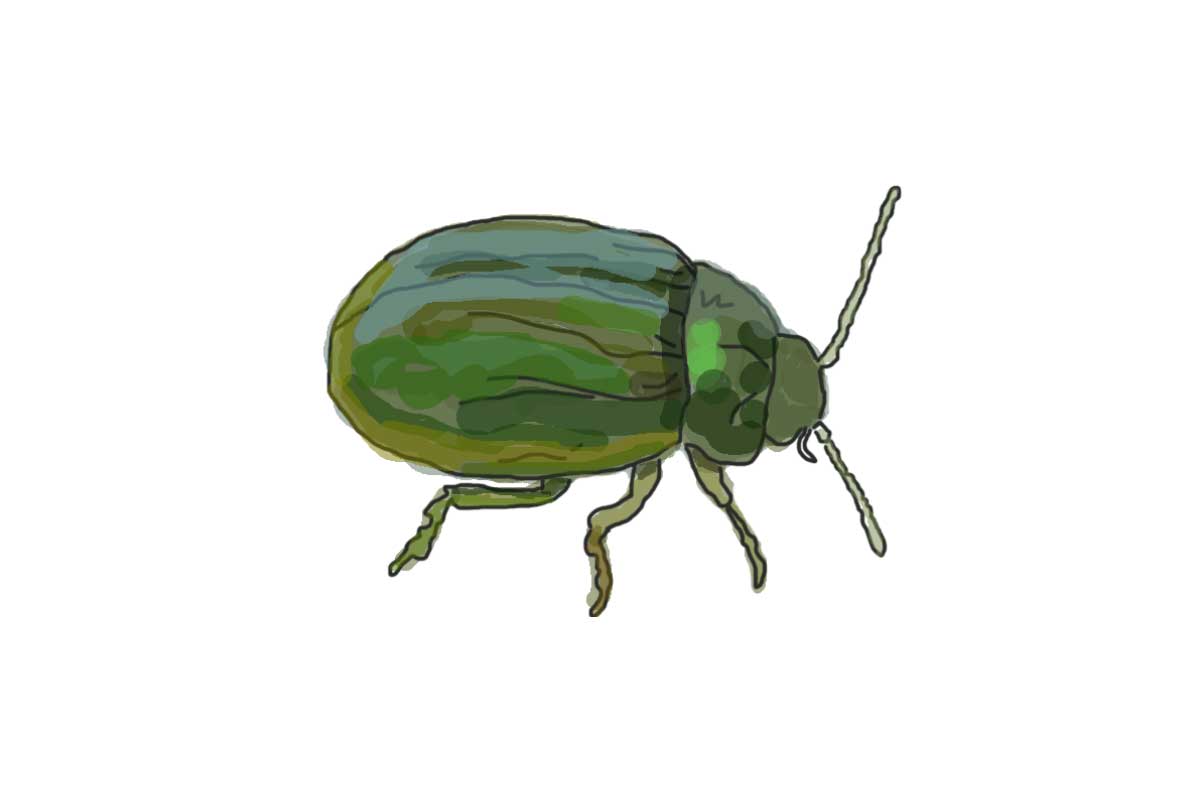

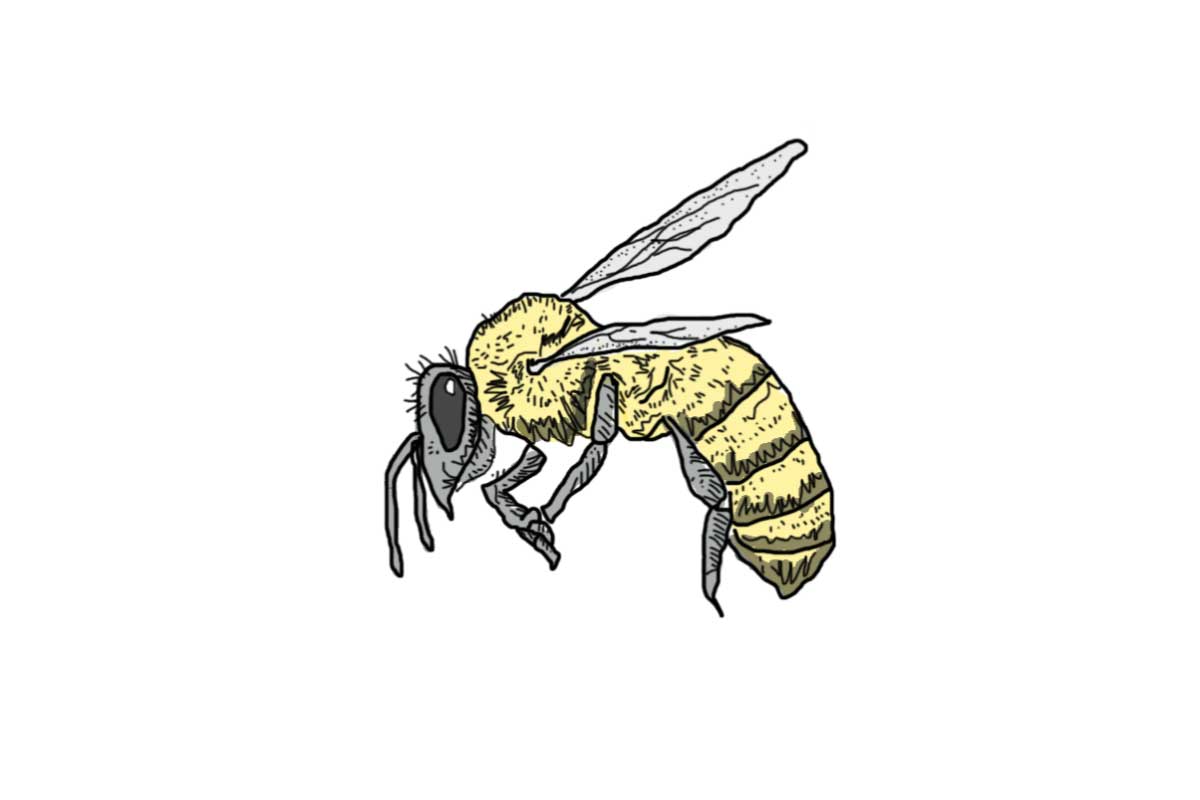


The Bee Garden
Can you spot our bee hotels? They provide shelter and nesting sites for solitary bees. Alongside them are some six-sided beds that are filled with plants that attract and provide food for bees.
Let’s look at some of these plants!
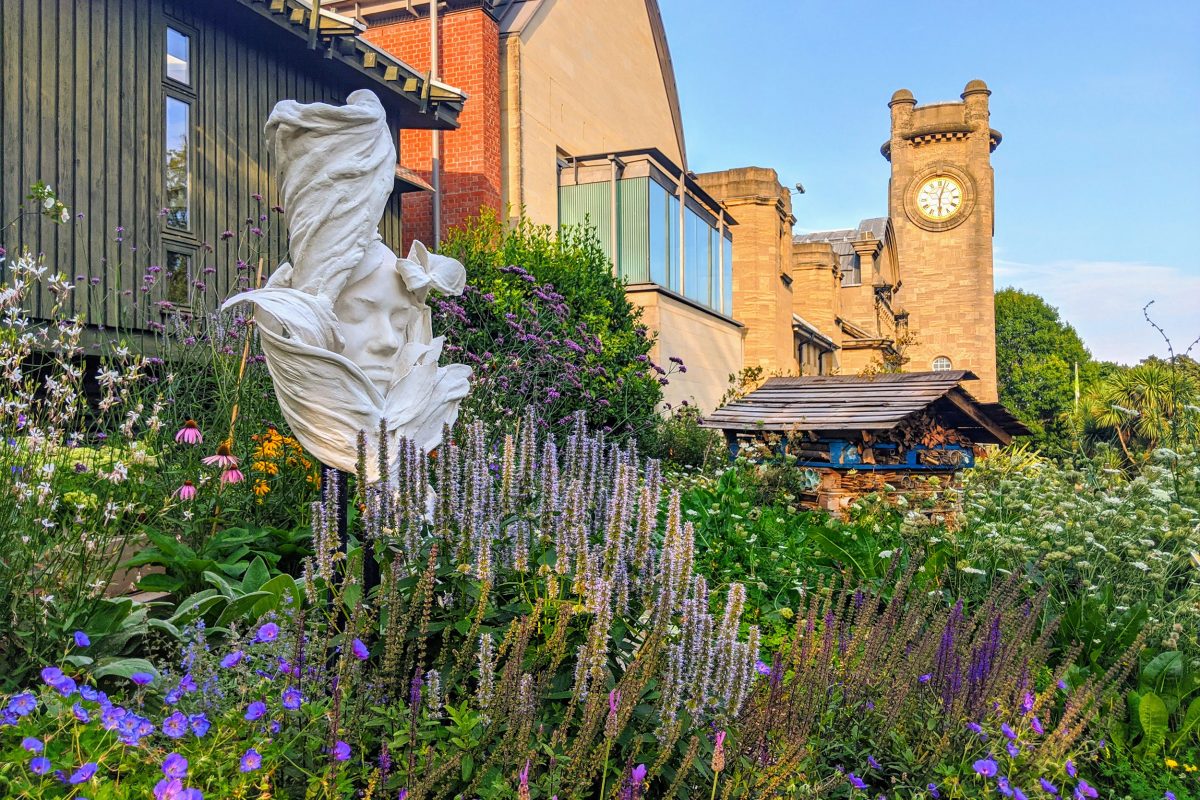
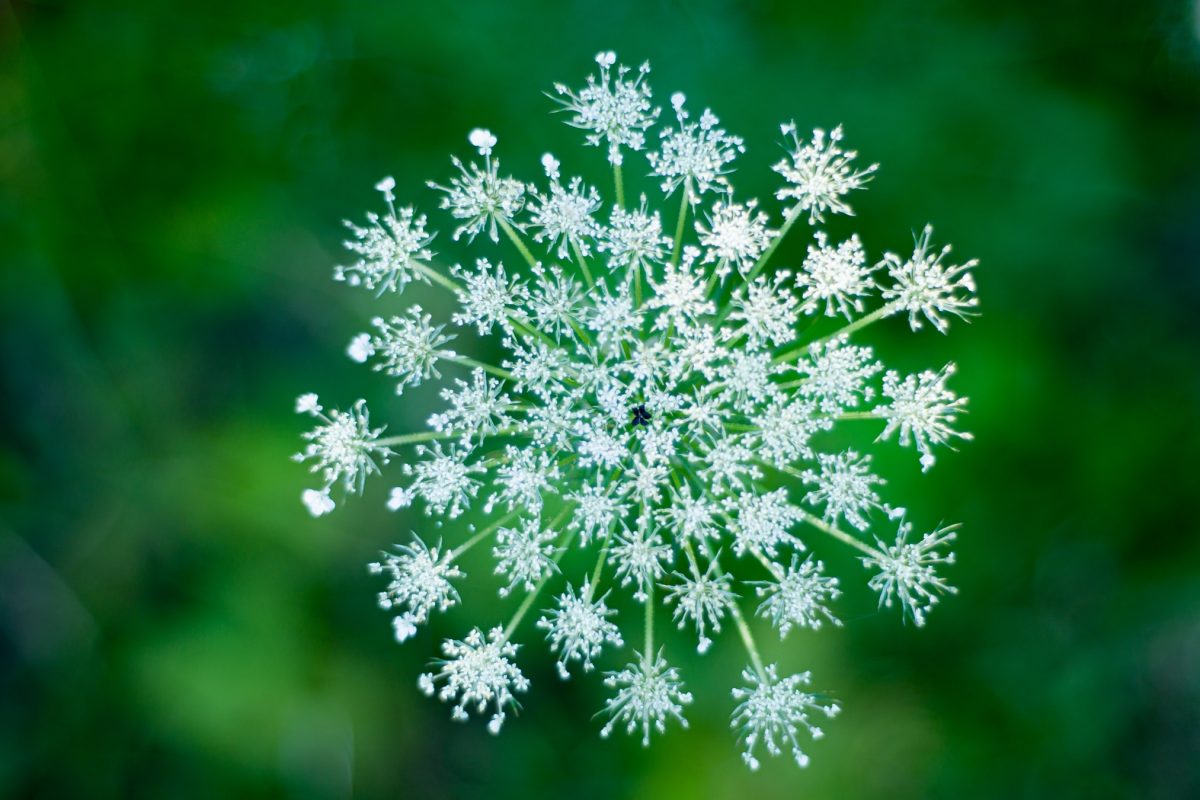
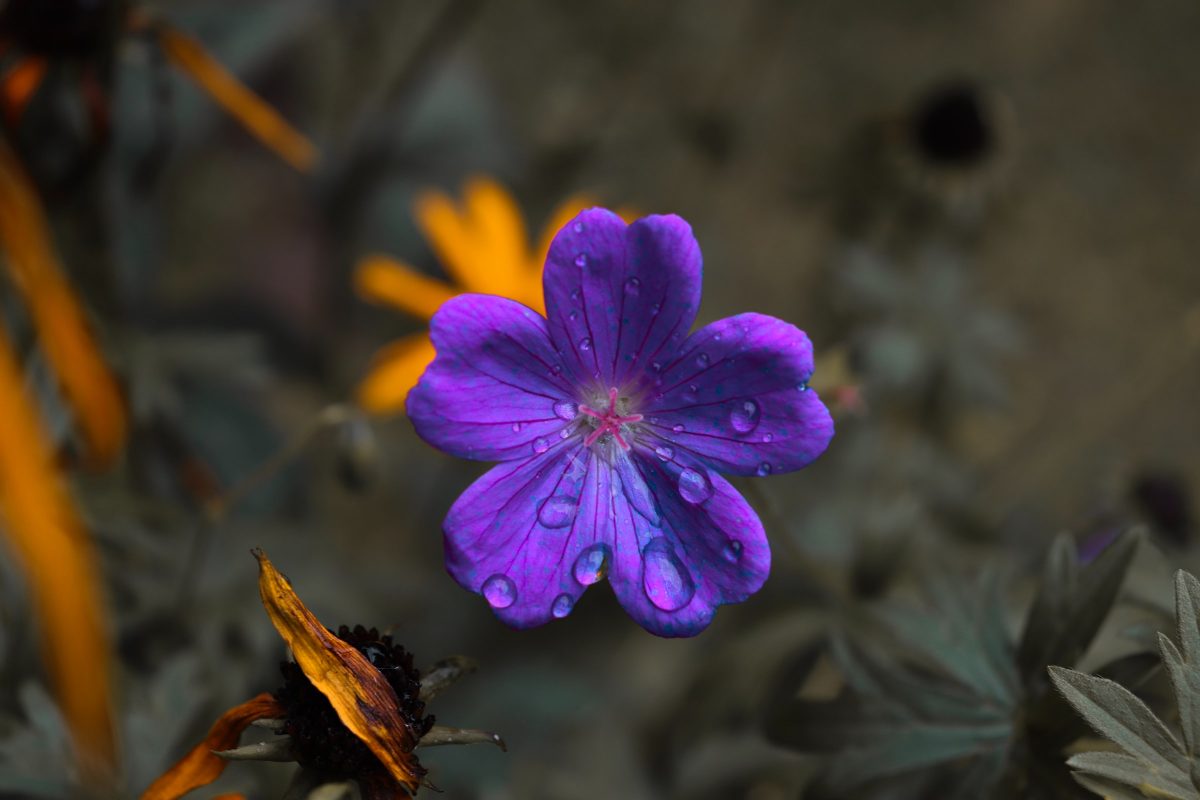

The Pollinator Bed
The Pollinator Bed, the long bed directly opposite the bandstand, has more than 75 different types of plants and has been designed to be attractive to lots of different kinds of insects.
Pollinating insects like bees, hoverflies, moths and butterflies transfer pollen from one flower to another, helping the plants to develop fruit and seeds.

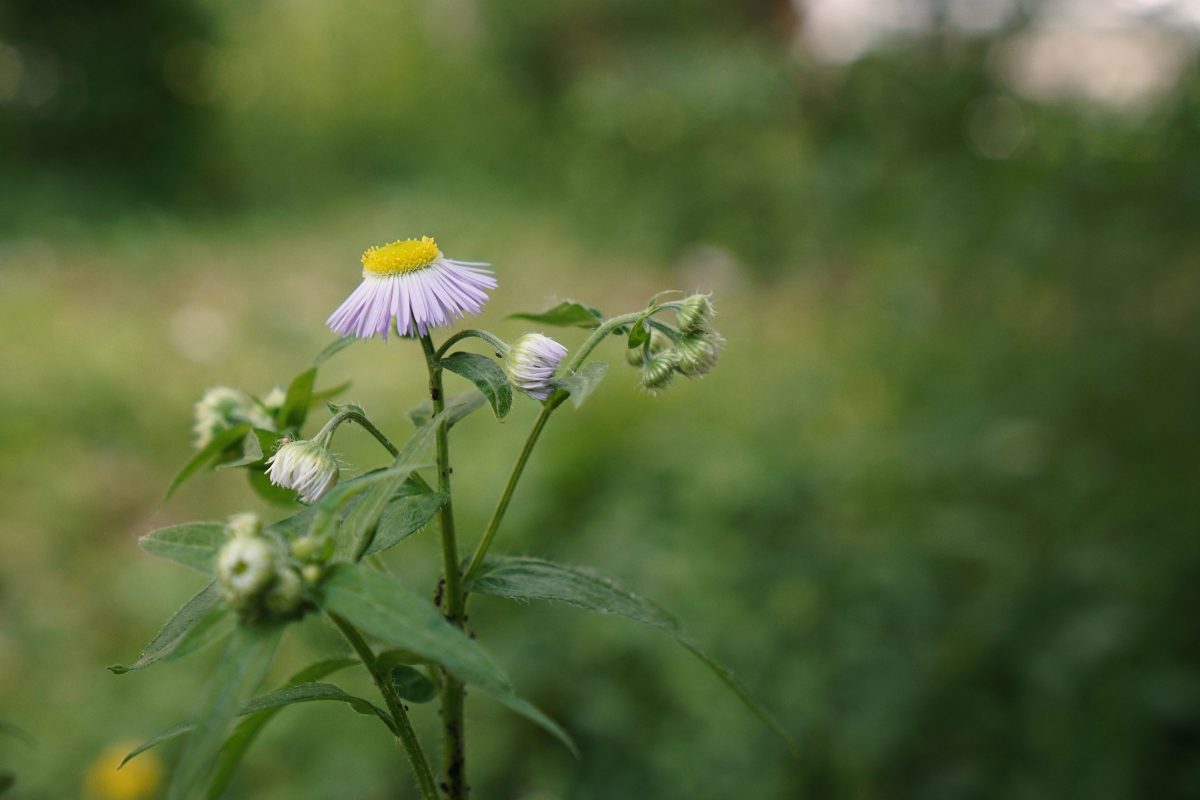
The Grasslands Garden
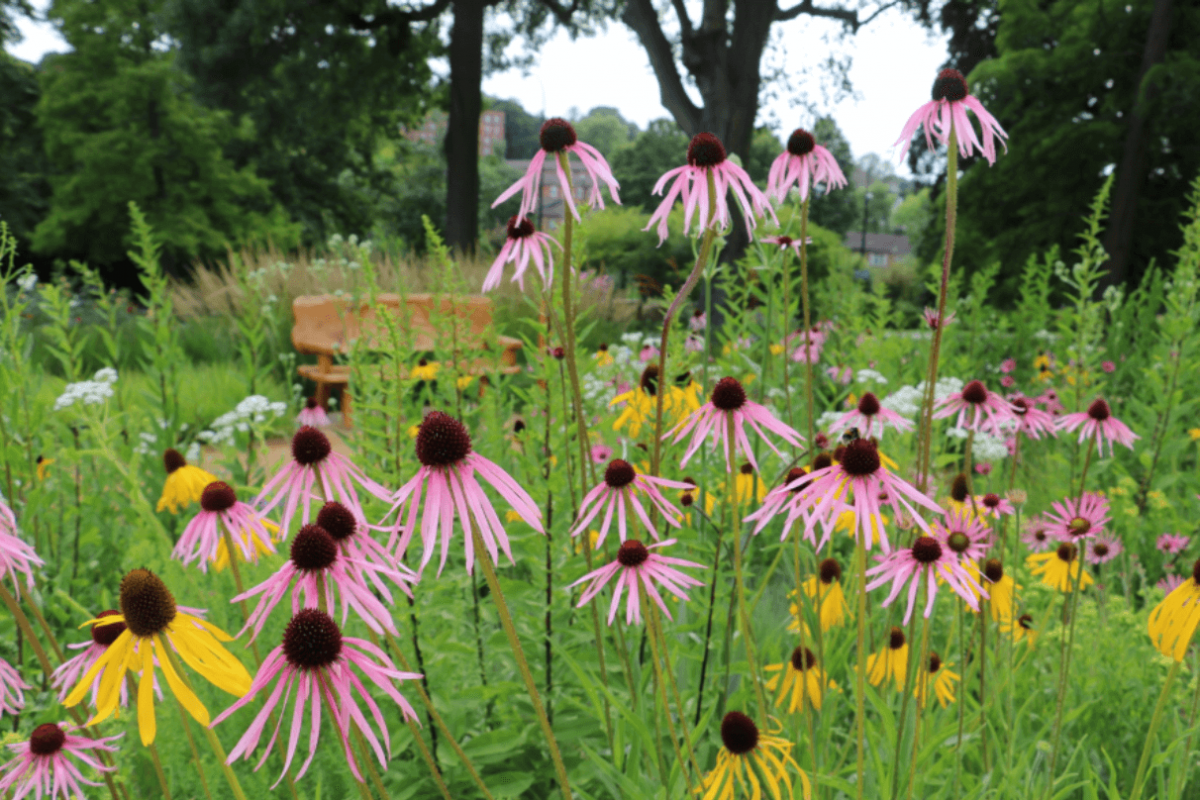
Long tongued bees and butterflies are the main pollinators for the coneflower.
As they visit the flower to sip nectar, the sticky pollen collects on their legs and bodies.

Pasqueflowers have blue-purple bell shaped flowers and light catching, fuzzy seed heads. These are full of nectar and attract honeybees and flies.
Once commonly seen growing wild on grasslands in the UK, they are now a threatened species as the places they once grew are disappearing.
The Sunken Gardens
Spring 2021 saw the Sunken Gardens display hotting up with a sea of daffodils, tulips and silky purple hyacinths.
Sprays of tine blue, white and purple Chinese forget-me-nots attracts bumblebees.
Glory-of-the-snow
Patches of glory-of-the-snow offer nectar and pollen for bees and bumblebees. You can see big clusters around the Horniman tea rose bushes as well as in our material and rock gardens.
Fritallieries
Snake’s head fritillary (Fritillaria meleagris) comes out in April-May. You can find them at the top of the Rock Garden. Honeybees love them!
Bees are able to see the ultraviolet rays these petals produce when reflected in the sun. But it doesn’t stop there. Bees also see fast movements and this moving checked pattern is very striking.
Shooting star
Bees are the main pollinators of these shooting stars or Dodecatheon meadia. The pollen in stored in a narrow tube inside the flower stamens. The bees get to the pollen by shaking (vibrating) their bodies against the tube, a technique known as ‘buzz pollination’.
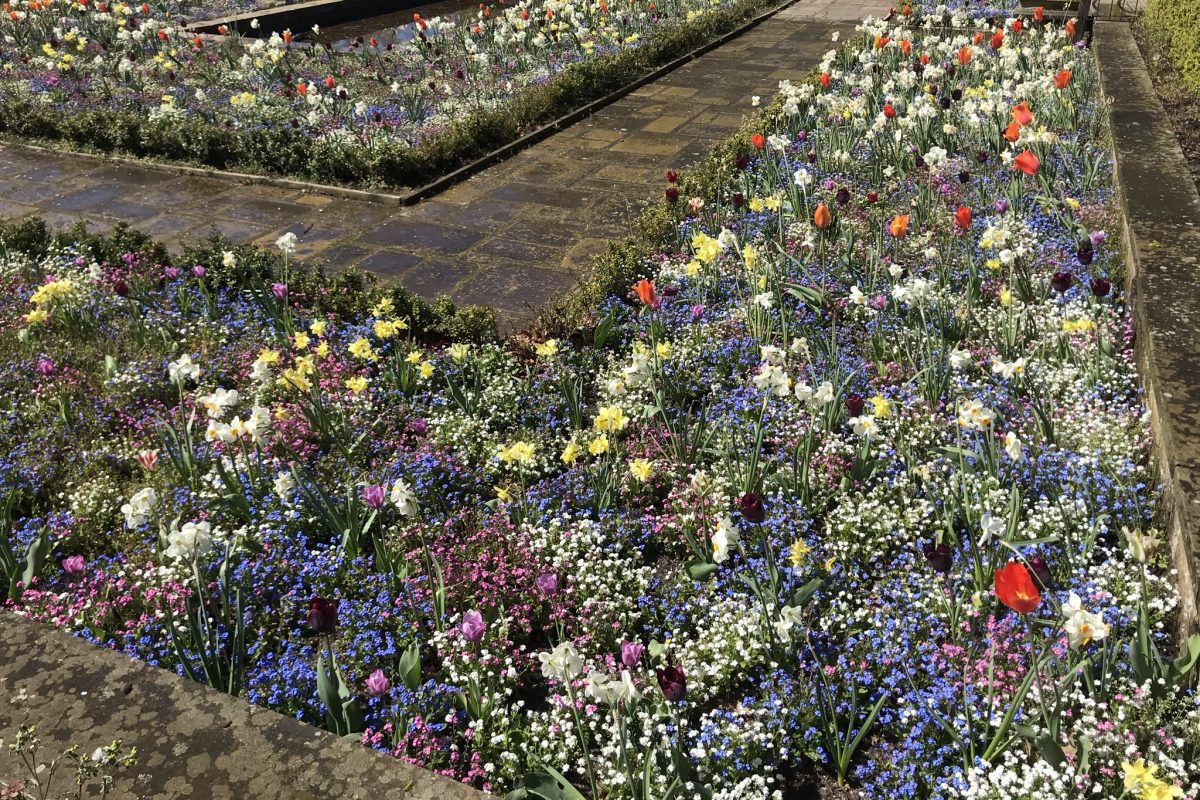
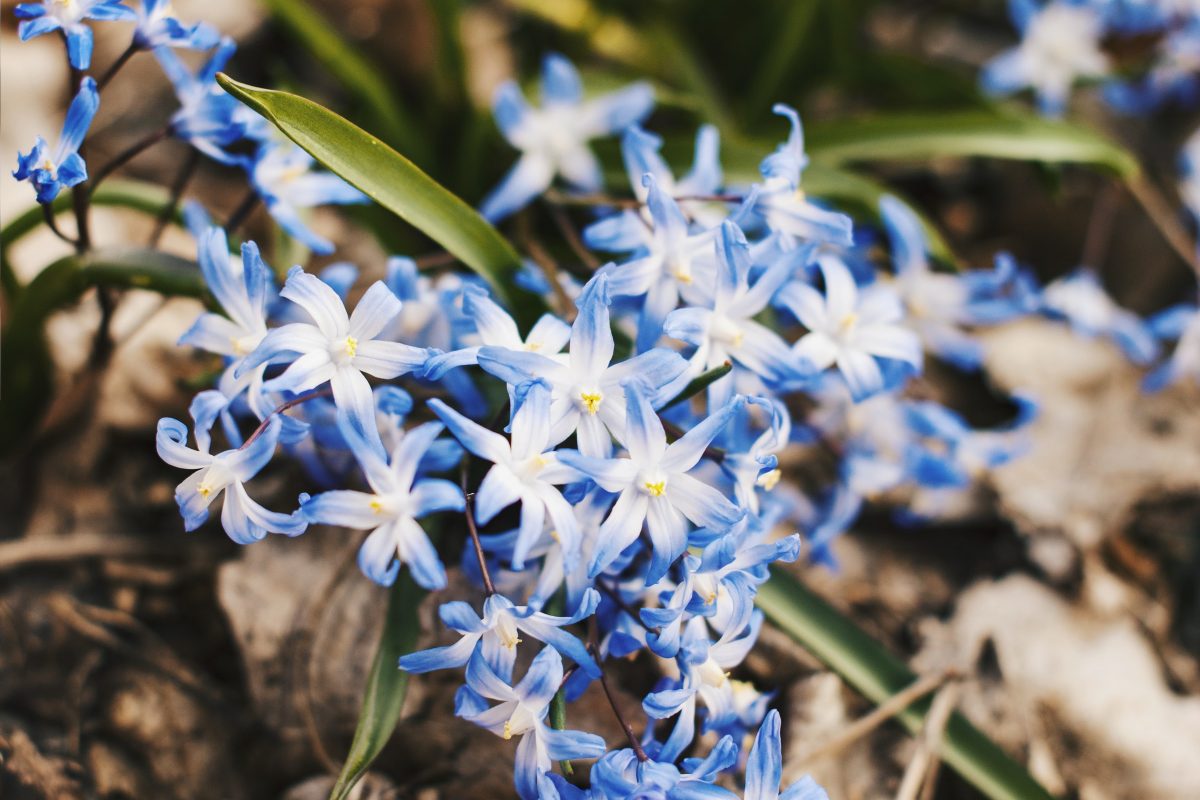
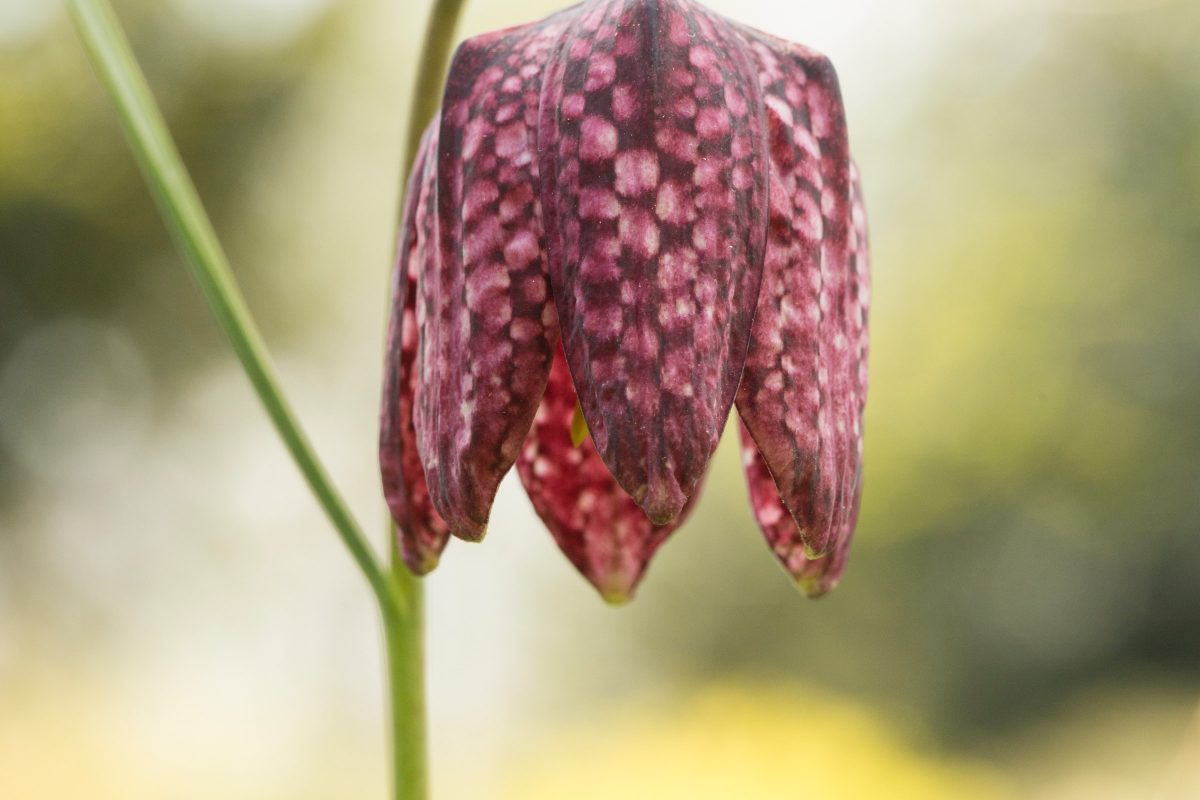
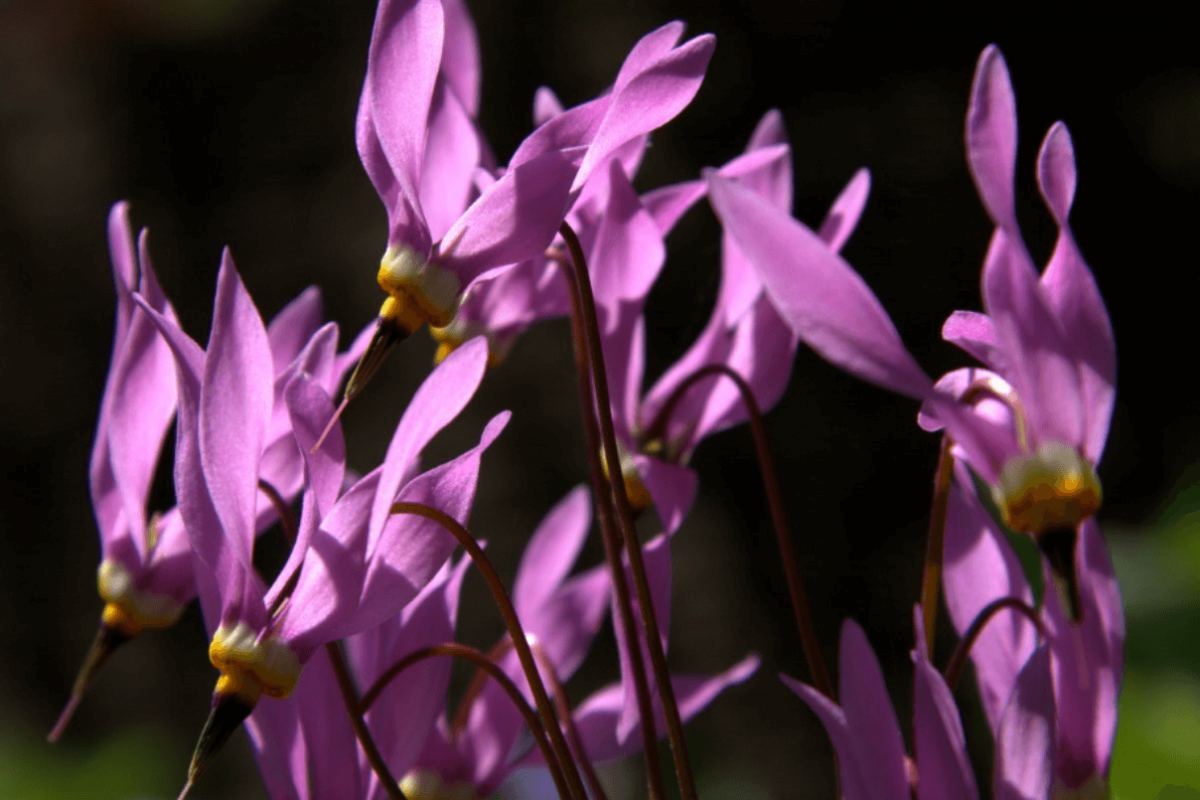
South Downs Meadow
Bluebells attract bees, butterflies and hoverflies. The most common types of bluebells in the UK are the native ‘English’ bluebell and the Spanish bluebell. The English bluebell is a darker blue and the Spanish one is a much lighter, paler blue.
Top of the Gardens
If you come in through the Horniman Drive Gates, you can spot some magnolias.
The tough petals of this flower are believed to have developed so that they can be pollinated by beetles as bees didn’t’ exist when these trees first came into being over a 100 million years ago.


Illustrations by Christina Giannakopoulou